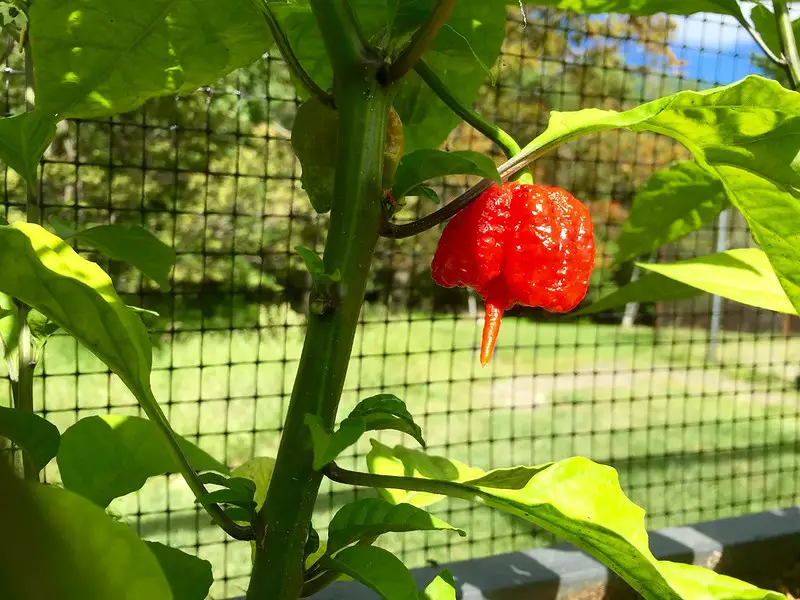How to Grow Carolina Reaper Chili Peppers
In this short post, you will learn how to grow peppers. More specifically, you will learn how to grow Carolina Reaper chili peppers. Do you know whether a Carolina Reaper is a fruit or not?
One of the Worlds Hottest Chili – the Carolina Reaper
As you already may know, the Carolina Reaper is the world’s hottest chili pepper. But perhaps you don’t know how strong it is or who made it. Before getting into how to grow Carolina Reaper chili peppers, we are going to dig a little deeper into who the creator of the Carolina Reaper is and general information about what used to be the hottest pepper in the world, also known as the Carolina Reaper.
In recent years, a lot has happened in the chili-growing community. Many people are crossing up their chili variants.
The Carolina Reaper
Now, before going into the short guide on how to grow Carolina Reapers we are going to answer some questions about this pepper:
The Carolina Reaper was grown in the Rock Hill, South Carolina, by Ed “Smokin” Currie, who also runs the PuckerButt Pepper Company.
The Carolina Reaper is a cross between a Pakistani Naga and a Red Habanero, and the name Reaper comes from the shape of the tail chili to the fruit.
As of this writing, the Carolina Reaper is one of the hottest peppers in the world, with 1.569.300 SHU, but the individual fruits have been measured at over 2,000,000 SHU!
This can be compared to pepper spray, which is between 2,000,000 and 5,300,000 SHUU.
Many people who grow these hot-chili farmers grow it mainly for the looks, like me. But of course, the uses of Carolina Reapers are, as with all chili peppers; chili powders, chili sauces, in stews, and so on.
If you need more inspiration on what to do with your Carolina Reapers, see the post thirteen best uses of chili peppers.

How to Cultivate a Carolina Reaper Plant
In this section, we will go through some of the things you need to think of when growing Carolina Reaper chilies. More information on cultivating chili peppers: how to grow peppers indoors and outdoors.
Fill a small pot with soil
If you are going to grow the Carolina Reapers indoors (or in greenhouses), you need to get a pot and fill it with soil. It’s important to start with a smaller pot and then gradually replant the chili plant in a larger pot.
The soil should be prepared and one of the best soils for chili peppers is mixed with tomato soil. If you really are interested in germinating the seeds learn about the best way to germinate chili seeds.
Water the soil
The next step is to moisten the soil. Important here is that you don’t get the soil all wet. When watering the soil and your chili plant, make sure you water the right amount and at the right time.
Put the Seed in the Soil
Now, you are ready to plant the Carolina Reaper seed. Put it about 0.5cm (about 0.2 inches) deep in the soil and cover it with soil.
Keep Track of the Temperature
Now, the Carolina Reaper will like the temperature in the soil, between 24 and 31 Celsius.
Keep the Soil Moist
It is important to keep the soil moist until the Carolina Reaper seeds germinate. Note that it will take over two weeks (and up to a couple of months) for the seeds to germinate.
Give the Carolina Reaper Light
Now, when the plant has germinated, make sure you give it some light, either sunlight or a grow light.
Re-pot the Plant in Larger Pots
As the Carolina Reaper plant grows, re-plant the plants in larger pots.
Fertilize Sparingly
Fertilize your Carolina Reaper plants sparingly. They don’t need that much fertilizer or nutrition.
Pollinate your Carolina Reaper
If you’re growing your Carolina Reapers indoors, you may want to pollinate the flowers. You can do this by gently shaking the plants or using a small brush to brush the flowers.